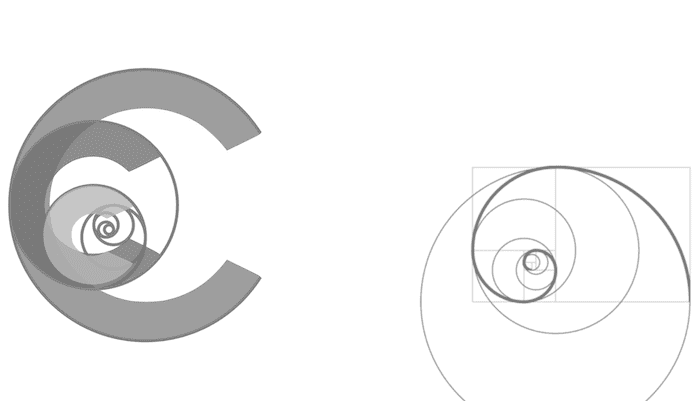Haemorrhage Post-Thrombolysis
OVERVIEW
- Haemorrhage is the most important complication of thrombolysis
- Intracerebral haemorrhage is especially important with approximately 0.5% risk following STEMI thrombolysis
- Given the short half-life of thrombolytic agents, by the time the diagnosis is made the biological effect of the drug may have abated
- 40% of patients with follow-up CT scans showed evidence of ICH expansion and ongoing bleeding, suggesting a window of opportunity for treatment
- bleeding following thrombolysis is complicated by numerous other agents that also contribute to a bleeding diathesis
RISK OF HAEMORRHAGE POST-THROMBOLYSIS
***To be completed
- what are the different bleeding rates after thrombolysis for STEMI, PE and stroke?
CONTRIBUTING AGENTS
Recommended anti-thrombotic agents for STEMI
- fibrinolytics
- Anti-platelet agents
— BOTH Aspirin and Clopidogrel - Anti-coagulant agents
— ONE of: Heparin, LMWH, Fondaparinux, or Bivalirudin - Usually not a IIb/IIIa inhibitor
— Abciximab, Eptifibatide, or Tirofiban
DURATION OF BLEEDING DIATHESIS
***To be completed
- most likely <12 hours
MANAGEMENT
- Immediately stop ongoing infusion of thrombolytic drug, and stop all antiplatelet and anticoagulant therapies.
- Investigate according to site of haemorrhage (e.g. CT brain, CT abdo/pelvis)
- Obtain blood tests: FBC, coagulation profile; repeat q2h until bleeding controlled
- obtain cross match
- reverse fibrinolysis:
— FFP 2 units q6h for 24h
— cryoprecipitate 10 units
— tranexamic acid 1g IV
— ? role of prothrombinex and Factor 7 - reverse anti-platelet effects:
— platelets 1 adult bag
— DDAVP 0.3 microg/kg - reverse anti-coagulant effects:
— protamine 1 mg for every 100 U of unfractionated heparin given in the preceding 4 hours
— protamine 1 mg for every 1 mg of enoxaparin (or 100 units of dalteparin) given in the preceding 8 hours - consult appropriate teams e.g. haematology, neurosurgery, cardiology, general surgery
If intracerebral hemorrhage:
- outcome is likely poor, consider if palliation is appropriate
- BP control e.g. SBP <160 mmHg and MAP <110 mmHg
- control ICP:
— elevate head to 30 degrees— target PaCO2 35-40 mmHg
— mannitol or hypertonic saline
— sedation +/- neuromuscular blockade - consider surgical intervention for:
— cerebellar ICH
— lobar ICH with mass effect
— ventricular drainage may be an option for intraventricular haemorrhage as blood is less likely to clot - treat seizures (e.g. phenytoin loading 18 mg/kg IV), but do not give prophylaxis
FURTHER INFORMATION
- Goldstein et al (2010) found no cases in which patients developed fibrinogen levels of less than 100 mg/dL, suggesting that currently used tPA dosing regimens are unlikely to induce hypofibrinogenemia, and any benefit of such therapy may be limited.
- D-dimers produced by thrombolysis have a theoretical anti-platelet effect, but the clinical significance is uncertain.
References and Links
- Goldstein JN, Marrero M, Masrur S, Pervez M, Barrocas AM, Abdullah A, Oleinik A, Rosand J, Smith EE, Dzik WH, Schwamm LH. Management of thrombolysis-associated symptomatic intracerebral hemorrhage. Arch Neurol. 2010 Aug;67(8):965-9. doi: 10.1001/archneurol.2010.175. PubMed PMID: 20697046. [Free Fulltext]

Critical Care
Compendium
Chris is an Intensivist and ECMO specialist at The Alfred ICU, where he is Deputy Director (Education). He is a Clinical Adjunct Associate Professor at Monash University, the Lead for the Clinician Educator Incubator programme, and a CICM First Part Examiner.
He is an internationally recognised Clinician Educator with a passion for helping clinicians learn and for improving the clinical performance of individuals and collectives. He was one of the founders of the FOAM movement (Free Open-Access Medical education) has been recognised for his contributions to education with awards from ANZICS, ANZAHPE, and ACEM.
His one great achievement is being the father of three amazing children.
On Bluesky, he is @precordialthump.bsky.social and on the site that Elon has screwed up, he is @precordialthump.
| INTENSIVE | RAGE | Resuscitology | SMACC

Regarding the idea that “outcome is likely poor” in ICH following thrombolysis, we need to be cautious.
Small intracranial bleeds following stroke thrombolysis (ECASS classes H1, H2 and PH1) do not increase the risk of death or poor outcome. Only larger bleeds with significant mass effect (PH2) do. Among patients with a PH2 bleed following stroke thrombolysis, about a third die within a week.
It makes sense that bleeding confined to already infarcted tissue is not catastrophic and is not cause to withdraw treatment.
STT PMID: 27289487
ECASS I PMID: 10548658
ECASS II PMID: 11387495